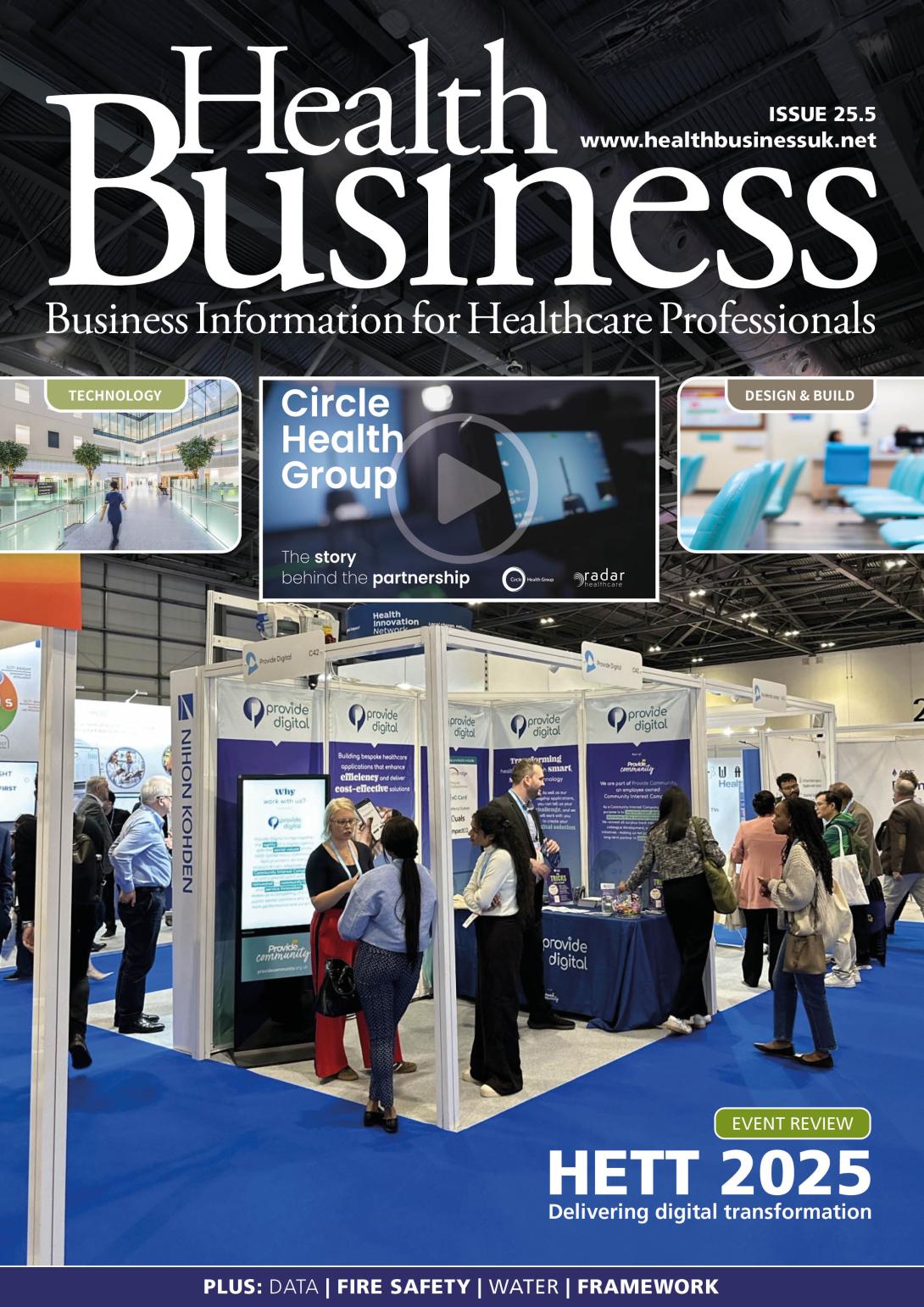A survey by the NHS Confederation of NHS leaders shows that many NHS organisations are having to meet high efficiency targets of 5 per cent and beyond, with some as high as 11 per cent.
They said this was the "tightest financial position NHS organisations have faced" in years.
More than six in ten NHS leaders said they will need top-up funding from the government within the year to have a chance of hitting their efficiency targets.
The main ways NHS leaders said they will reduce spending is by cutting spending on agency, locums and/or bank staff, as well as freezing vacancies.
Two thirds said that industrial action will continue to contribute to them not being able to meet their targets.
The NHS Confederation said the government needs to find a solution as this has become ‘business as usual’ for the NHS, with implications for reducing waiting lists and staff morale.
As well as industrial action, the major barriers to improving productivity continue to be lack of capacity in social care and a lack of capital investment, as well as the likely impact of having to cut non-clinical staff who would otherwise play a key role in helping to reform services.
Sixty one per cent of NHS leaders said they cannot meet their current targets without further capital investment, while more than eight in ten say there needs to be a funding increase for social care.
UNISON head of health Helga Pile said: “Tackling the mounting pressures on the NHS will be a major priority for whoever forms the next government.
“No part of the NHS should be cutting staff when what’s really needed is for many thousands of vacancies to be filled. False economies like these are foolhardy in the extreme.
“There’s little chance of reducing waiting lists and providing better patient care if staff numbers shrink any further.
“Securing a decent pay deal after the election and stabilising the workforce are key to the future of the NHS.”

